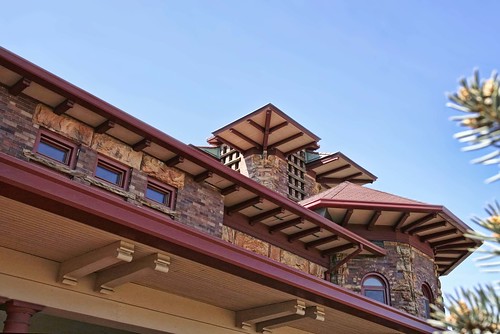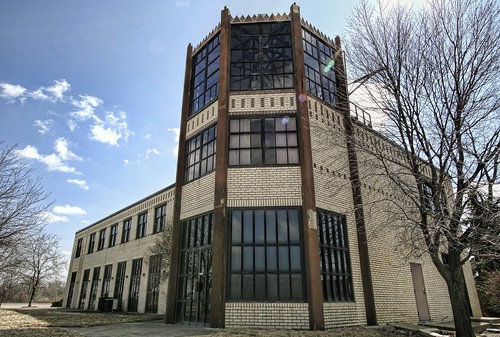
Red Cloud Farmer’s & Merchant’s Bank. By Ammodramus (Own work) [Public domain], via Wikimedia Commons
The woman in question is Mildred Bennett, who found herself teaching the descendants of those written about by Cather—and then moved to Red Cloud itself, a perfect opportunity for Bennett to learn more about the Pulitzer Prize winner, to the point that she published The World of Willa Cather (afil) in 1951. But that was not enough for Mildred.

Willa Cather’s childhood home, By Ammodramus (Own work) [Public domain], via Wikimedia Commons
Realizing the town’s potential, Bennett gathered a group of friends around her kitchen table — her “kitchen cabinet” — and the Willa Cather Pioneer Memorial and Educational Foundation was born. When it incorporated in 1955, eight participants kicked in $20 each, most of which went to pay for the notice of incorporation in the newspaper. Bennett was named president, a post she held on and off until her death in 1989. And with donations, grants, and grit, the foundation began preserving the structures that inform Cather’s work. (via)














